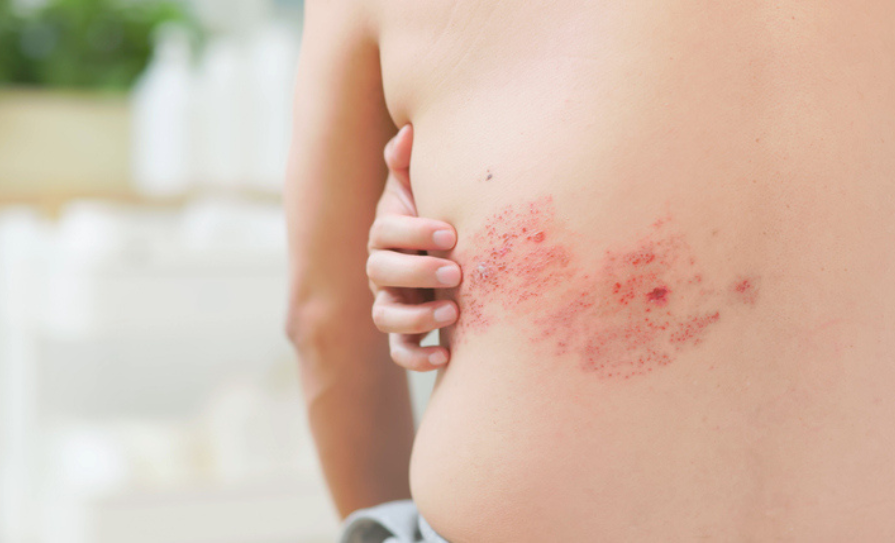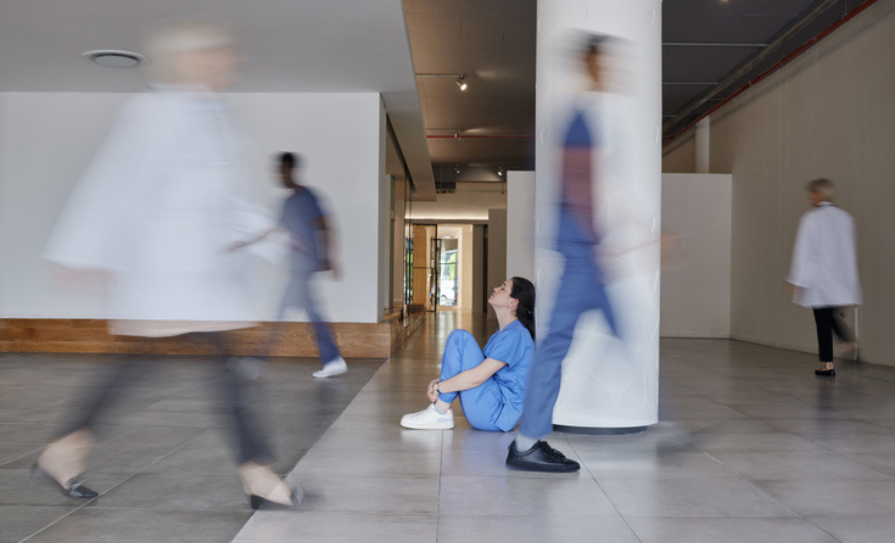Adequate ventilation in buildings is key to suppressing the pandemic, an architect and academic at University College Dublin’s School of Architecture Planning and Environmental Policy has told the Oireachtas Health Committee this morning.
In a session on the role of ventilation in achieving better health outcomes, Prof Orla Hegarty said: “Buildings are key to suppressing the pandemic. Prevention is about managing people and managing air. Vaccines alone cannot end this; they need the support of a parallel prevention plan.”
According to Prof Hegarty, more than half of the people who died from Covid-19 were infected in just 0.03 per cent of buildings. Over half of cases in workplace outbreaks had been in just 150 buildings; and infection in overcrowded private homes was twice the rate of uncrowded homes. One-in-four school buildings has had a Covid-19 index case in the last four months.
“We now understand that risk of transmission is predominantly indoors and very specific to certain buildings and indoor air conditions. These conditions are preventable, and this knowledge is key to stopping infections, and to opening buildings at low risk,” outlined Prof Hegarty.
“Most transmission is not from hands touching surfaces, it is from inhaling infected air. Masks are the only protection at close-range. Outdoors the virus is diluted and blown away. However, in buildings and vehicles it can build up, fill a space, linger for hours, and infect many people. Viral particles in the air behave like smoke and must be cleared out.”
Prof Hegarty said many countries are achieving low-risk social and economic activity using prevention policies that manage people and manage indoor air. These strategies include providing public health information; reducing occupancy (number of people); limiting certain activities; setting indoor air standards; measuring unsafe ‘stale air’; improving ventilation and filtration; and sometimes doing structural or engineering works to buildings.
International evidence points “very clearly” to which buildings and activities are high risk, and where to target resources. “There is a significant body of research from theoretical and experimental sciences and building case studies. Super-spread events (where many people are infected at once) indicate the particular environmental conditions of spread. This means that targeted suppression can be very effective, as seen in Japan and other places.”
Prof Hegarty also noted that most people do not transmit the virus to anyone else. It is ‘highly over-dispersed’, meaning spread is not a factor of average contacts. “Suppressing the pandemic, therefore is less about rules for people, and more about rules for places.”
There was an opportunity to target interventions. As most infected individuals “do not contribute to the expansion of an epidemic, the effective reproduction number could be drastically reduced by preventing relatively rare superspreading events”.
“‘Super-spread conditions’ can arise in any enclosed space with two people or many. Indoors risk is about the building, its management and operation, the number of people, and the activity. There are strong seasonal factors as indoor air quality changes with the weather, season and the operation of the building.”
On outbreaks in health and social care, Prof Hegarty said there had been 600 outbreaks in 581 nursing homes. She noted that in Kildare, for example, 87 per cent of all nursing home deaths were in only 25 per cent of the nursing home buildings, which required further investigation.
Prof Hegarty emphasised that eliminating unsafe conditions protects everyone, including children, people with compromised immunity, and those not vaccinated. It also mitigates the risk of variants, and of super-spread events.
“Vaccines alone cannot provide enough head-room for reopening. Prevention is needed.”
“Critically, safe indoor air has measurable benefits for health and wellbeing, mitigates all respiratory illness (including flu) and future-proofs for another pandemic. Aside from other benefits, good indoor air quality is also a requirement of workplace health and safety,” she outlined.
“In order to ensure that policy is consistent and scientifically up-to-date, an active multidisciplinary approach is needed. It needs collaboration and engagement across disciplines including bio-medical, epidemiological, environmental, sociological, and other sciences.
“Further analysis of these patterns of spread, and investigation of buildings is needed. There must be a risk-based approach to target interventions, and effectively use resources. If this virus were in water or food, the response would be to take samples, investigate the source and eliminate the problem.
“This is a ‘third way’ that steers a scientific course between lockdown and uncontrolled spread. However, it requires a paradigm shift so that public health policy is evidence-based and responsive to new knowledge.
“There needs to be a shift in perception that we cannot afford the cost of control, because economic costs of infections can be massive and may exceed costs to contain them.”













Leave a Reply
You must be logged in to post a comment.